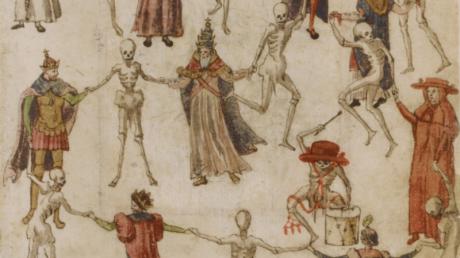The legal context of death in the time of the Mojmírs and the Árpáds
The legal context of death in the time of the Mojmírs and the Árpáds
Author(s): Miroslav LysýSubject(s): History, Law, Constitution, Jurisprudence, Cultural history, Economic history, Local History / Microhistory, Gender history, Middle Ages, 6th to 12th Centuries
Published by: SAV - Slovenská akadémia vied - Historický ústav SAV
Keywords: death; middle ages; criminal law; widows; inharitance; executions
Summary/Abstract: The death of a person is a complex issue fact that older law looked at in two ways. First and foremost, death represented a consequence; the application of a legal sanction. The oldest law considered execution more as a means of healing, as a ritual, and only in the late Middle Ages was execution thought of as a deterrent or a means of retaliation towards a criminal. In the second approach, death could be a prerequisite for a range of legal consequences. For example, a marriage ends with a death, and after the canonical form of marriage was instituted, death was the only legal method of ending a marriage. Naturally, death was key in inheritance law, as it is a prerequisite for obtaining family assets. Legal holdovers from the Árpád period regulated in particular the protection of widows and the interests of the presently forming nobility among the population.
Journal: Forum Historiae. Časopis a portál pre históriu a príbuzné spoločenské vedy
- Issue Year: 17/2023
- Issue No: 1
- Page Range: 32-44
- Page Count: 22
- Language: English

